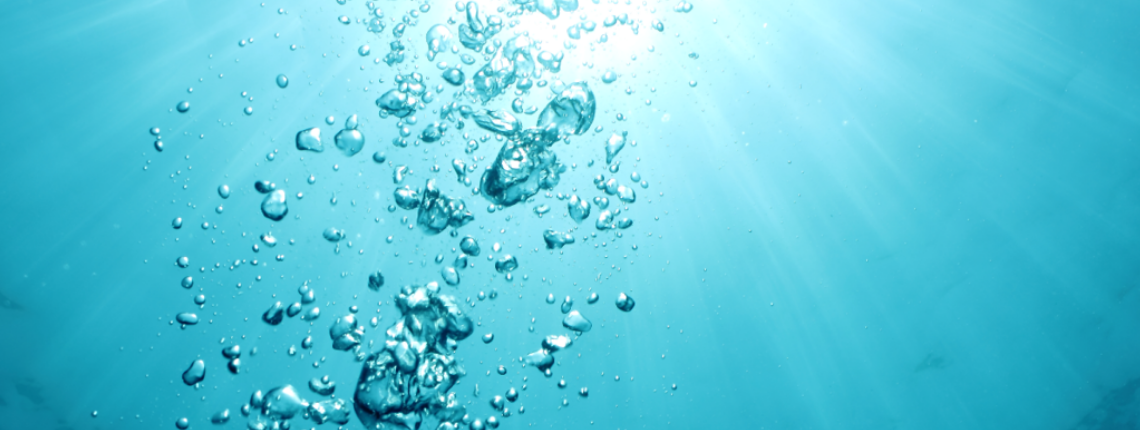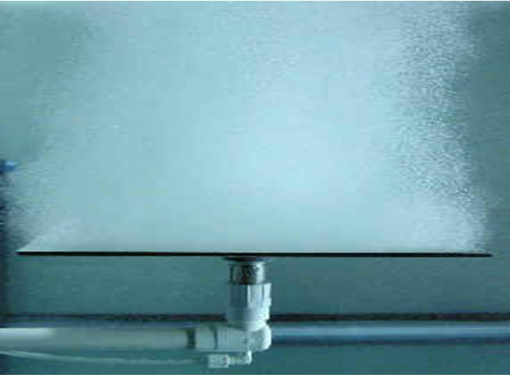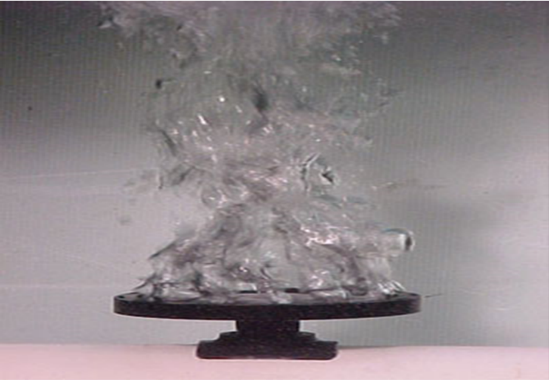May 03, 2021
What Type of Diffuser Should I Buy for My Pond?
Diffuser selection is critical to the overall performance of your aeration system and for the longevity of your pond aerator

Selecting a reliable and effective diffuser for your pond aeration system
The main reason sub-surface aeration is beneficial – as opposed to a surface aerator or a fountain – is that it mixes the pond from the bottom up, while transferring oxygen into the water. Many industry professionals believe that the mixing is more important than the oxygen transfer itself. Mixing evens out the dissolved oxygen (DO) at all depths and prevents thermal stratification – a barrier that separates cold water at the bottom from the warmer water at the surface. Surface water naturally receives oxygen from the atmosphere and through photosynthesis of algae/ aquatic plants. If a pond has stratified, the bottom can become depleted of oxygen which prevents “muck” from decomposing and therefore can produce a smell and impact water clarity. Also, fish will not get the oxygen they need to thrive and survive when they seek refuge from the warmer surface water during the warmer months.
Bubble Size:

There are 3 main bubble size ranges for diffusers. A fine bubble diffuser produces a bubble up to 3 mm in size. A coarse diffuser has holes with a pore size from 6- 50 mm. In between is considered a medium bubble diffuser (3-6mm).
Fine Bubble Diffuser:
Advantages: Fine bubble diffusers produce many small bubbles that slowly rise to the surface. The high volume provides more surface area as compared to course bubbles, allowing for about 2x’s the amount of oxygen to transfer into the water. The higher oxygen transfer is considered beneficial for ponds with dense fish populations and/or specific breeds of fish that require higher DO levels.
Disadvantages: The small holes add pressure to the aeration system – as much as 1.5 PSI depending on the type of diffuser. Also, since the holes are small, mineralization of dissolved solids and biological growth can start to cover or even plug the pores. This restricts air flow and puts even more pressure on the pond aerator which can cause the diaphragms to rupture prematurely. Fine bubble diffusers often need regular maintenance and must be swapped out more frequently than course bubble diffusers. They do not mix the pond as effectively because the small bubbles do not project as far out from the diffuser and are not diffused with the same amount of force.
Coarse bubble:

Advantages: Coarse bubble diffusers are highly effective at mixing the pond preventing stratification and evenly distributing DO throughout the pond at all depths. Because of the larger hole size, much less pressure is put on the aeration system. The pores do not tend to get plugged, therefore there is far less maintenance required and the diffusers do not have to be replaced as often.
Disadvantages: Coarse bubbles do not transfer as much oxygen into the water column because they have less total surface area. They also rise at a greater speed reducing the amount of time for oxygen to transfer into the water.
Medium Bubble:
![]() ’s RECOMMENDATION
’s RECOMMENDATION
HIBLOW believes that medium bubble diffusers offer the best of both worlds. They diffuse more bubbles than a course type, allowing for greater oxygen transfer. They are sufficient for mixing and circulating water, balancing out DO levels and preventing stratification. The pores are large enough so that minimal pressure is put on the pond aerator and they are not prone to clogging. As a result, the HIBLOW aerator can be used at greater depths – up to 10’. Colder/ deeper water has more capacity to accept oxygen, which provides more DO to the entire pond with the strong mixing capabilities of the medium bubble diffuser.
New in 2025: HIBLOW’s medium bubble Adjustable Height Diffuser. Learn more here: Adjustable Height Diffuser

Common Pond Diffuser types:
Disc diffusers: Have a larger surface area than stick diffusers and often more holes. Disc diffusers typically create more back pressure, however.
- Membrane disc: Usually a fine bubble diffuser (some medium bubble available) made from EPDM rubber. They are easier to clean than an air stone diffuser, but still require regular maintenance and can crack over-time.
- Ceramic stone disc: Usually fine bubble (some medium bubble available) and the standard go-to for aquarium, koi ponds, and ponds with a large/ dense fish population. They can typically clog very easily and require constant maintenance. They also need to be replaced more frequently.
Stick diffusers: Have smaller surface area, but typically put less pressure on the aeration system and are better for pond mixing.
- Membrane stick: Usually fine bubble and made from EPDM rubber with the same characteristics as the disc version. There are some medium pore membrane diffusers.
Ceramic stone: Usually fine bubble with the same characteristics as the disc version. - Polyurethane or polypropylene stick:
 ’s RECOMMENDATION
’s RECOMMENDATION
Medium or coarse bubble diffusers usually made from polypropylene or polyurethane. They are durable, require little maintenance and rarely ever clog.
Tips :
- If you are buying a fine bubble diffuser, make sure to clean the diffuser frequently to prevent clogging. This will provide greater life for your HIBLOW pump and maximize the benefits of aeration.
- Always ask the manufacturer the PSI that the diffuser adds to the system. The lower the PSI level, the more air flows into the pond and the longer the aerator will last. Under 0.25 PSI is best.
- Be careful when considering diffusers with multiple discs or multiple sticks as PSI levels can reach 2 PSI or more depending on diffuser type. Some diffusers include up to 4 sticks or membranes.
Author: Mike Miner
If you have any questions about your pond aeration system, please give us a call, or send an email!
Phone: 734-944-5032, Email: info@hiblow-usa.com
Follow us on Facebook, Twitter, and LinkedIn!